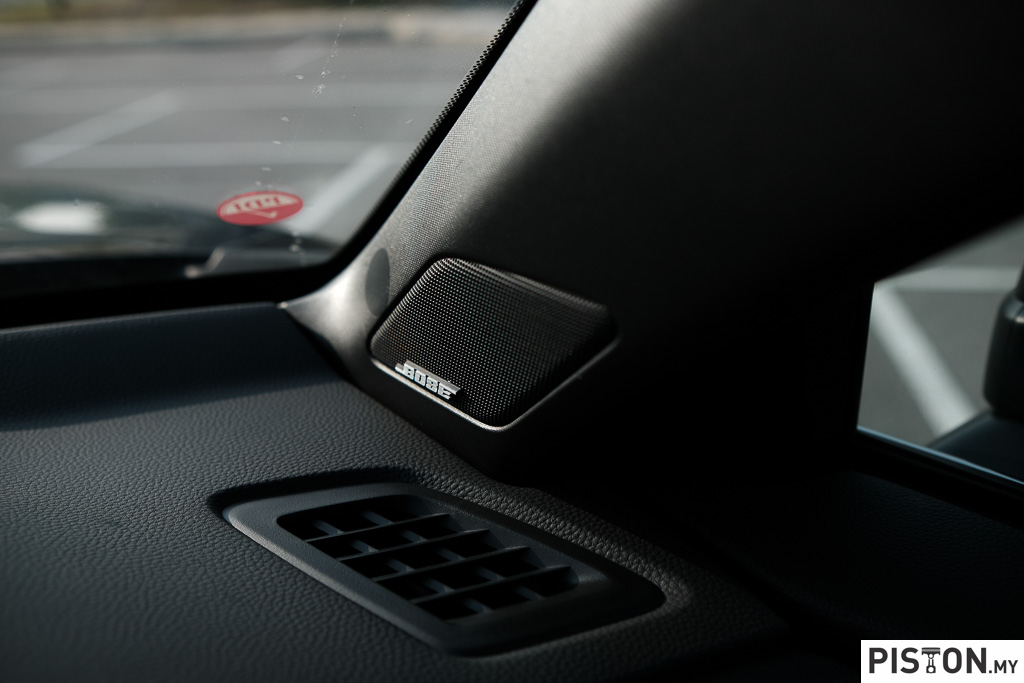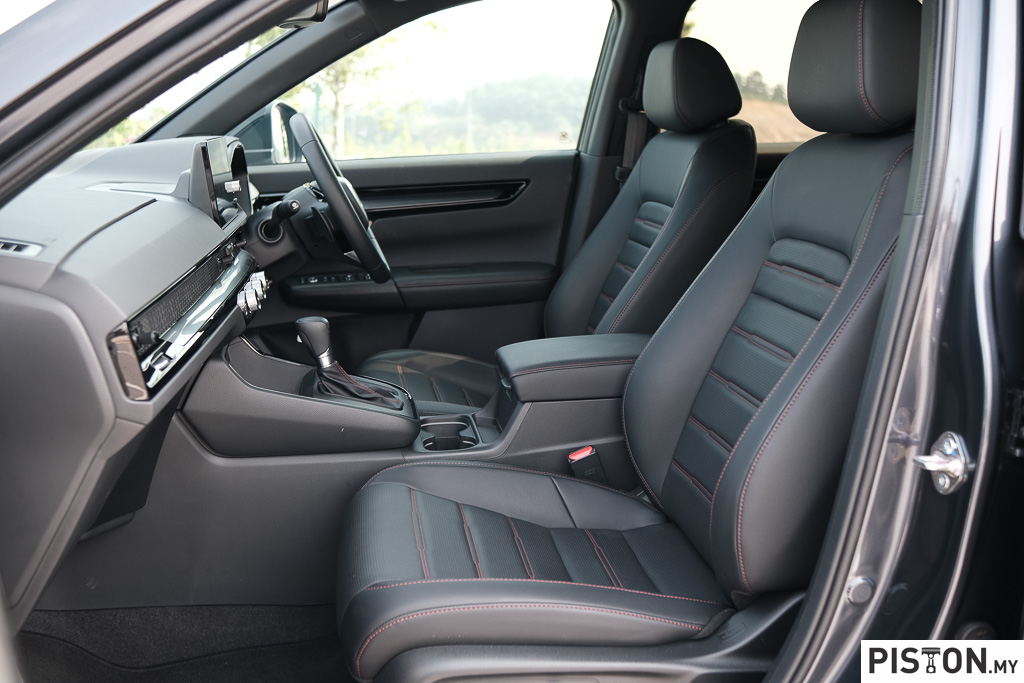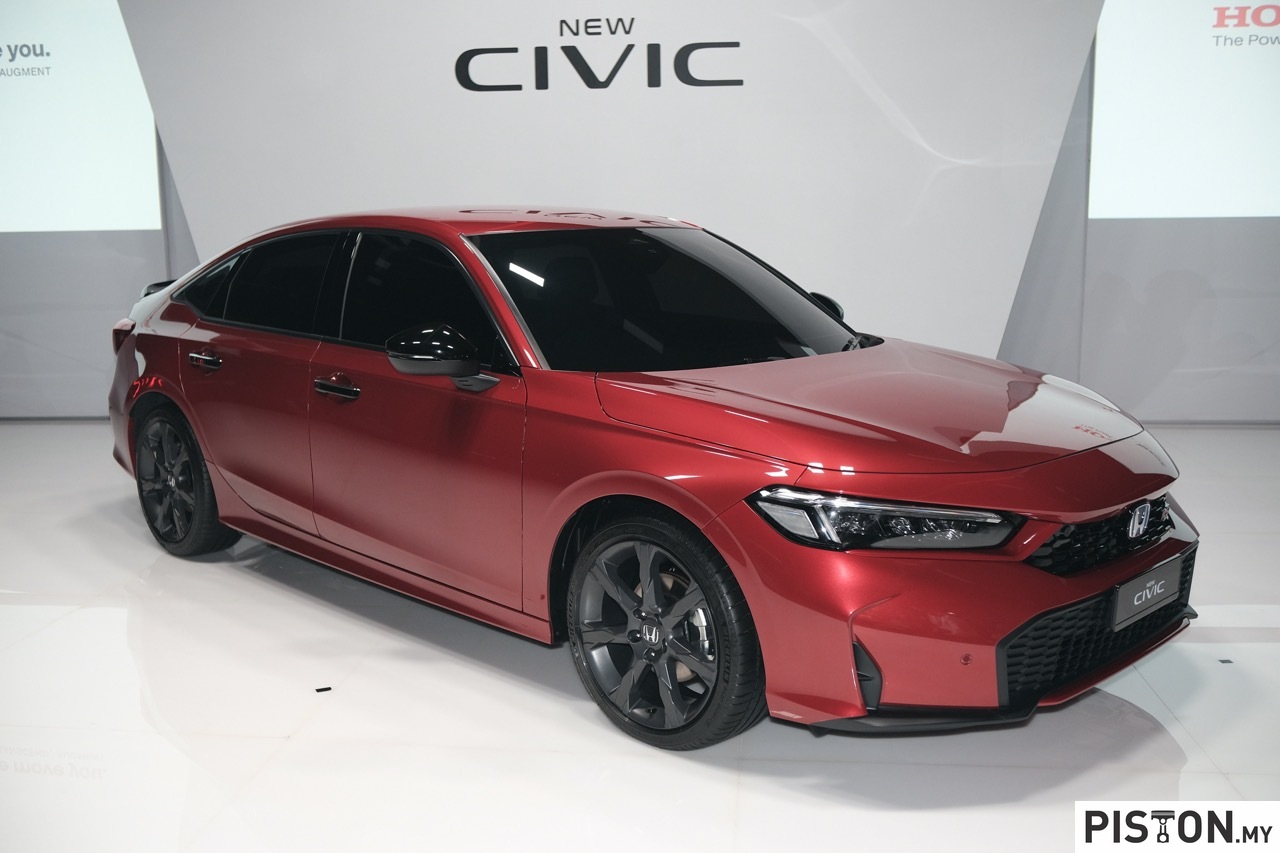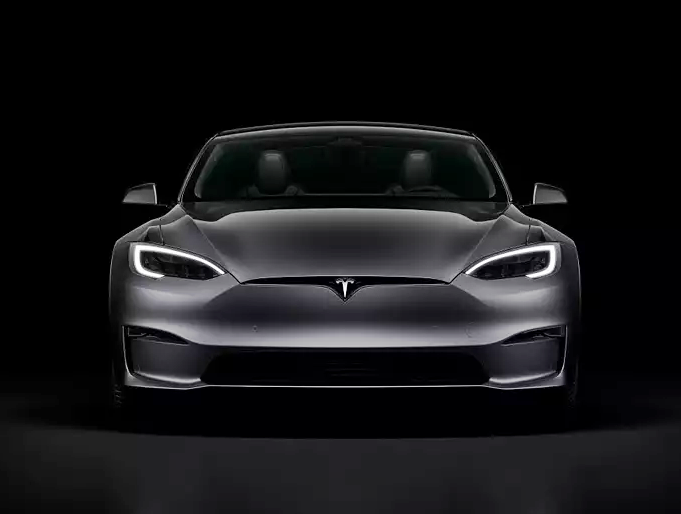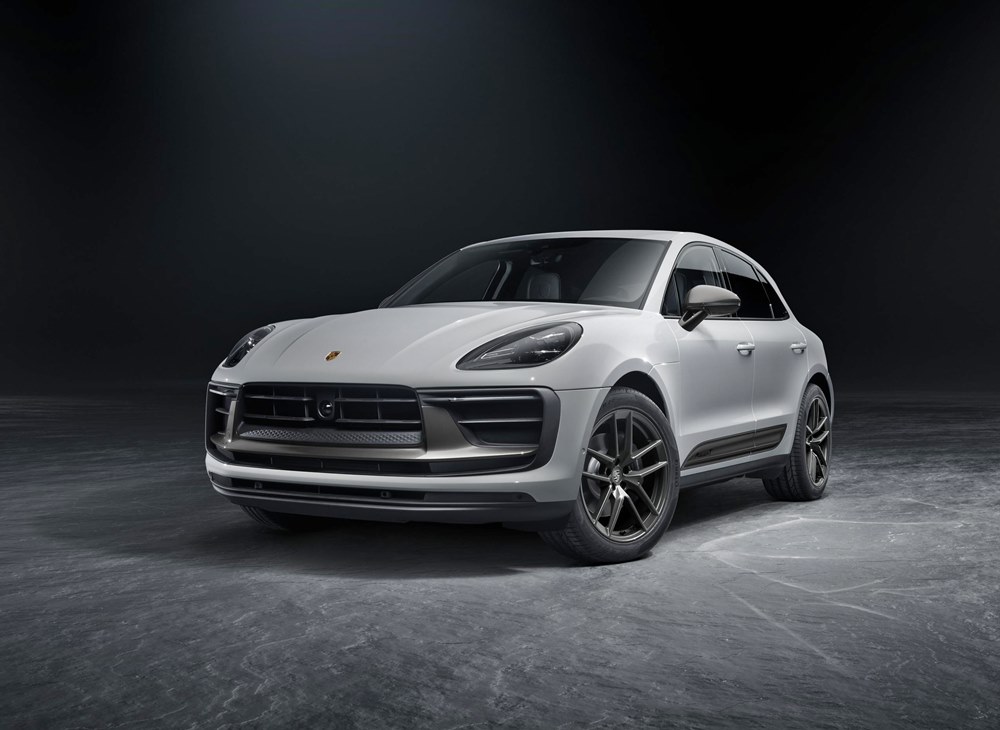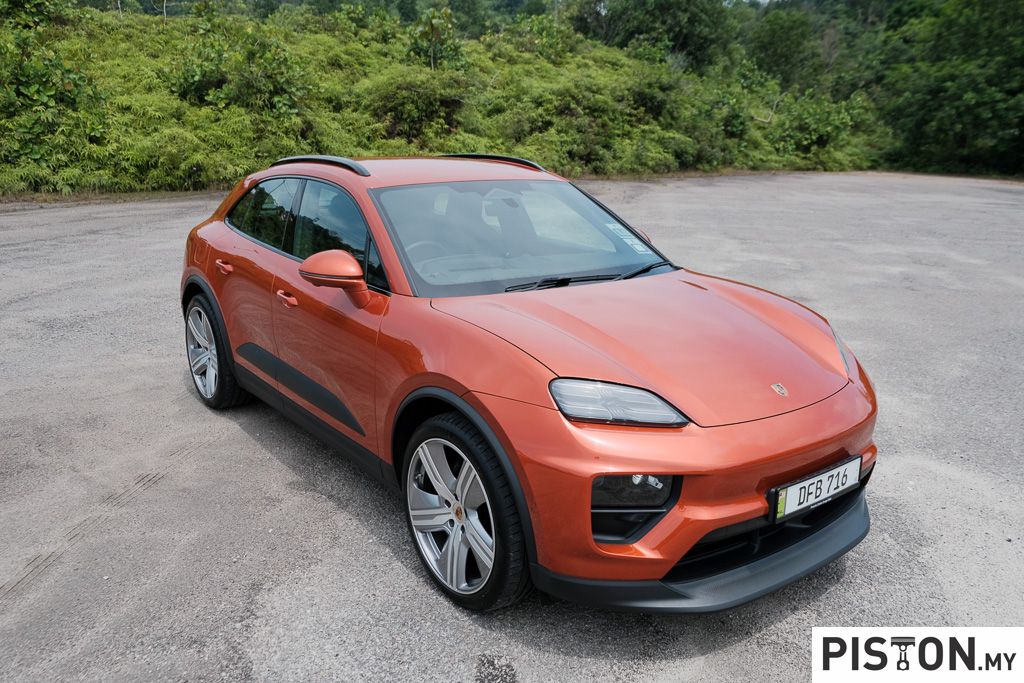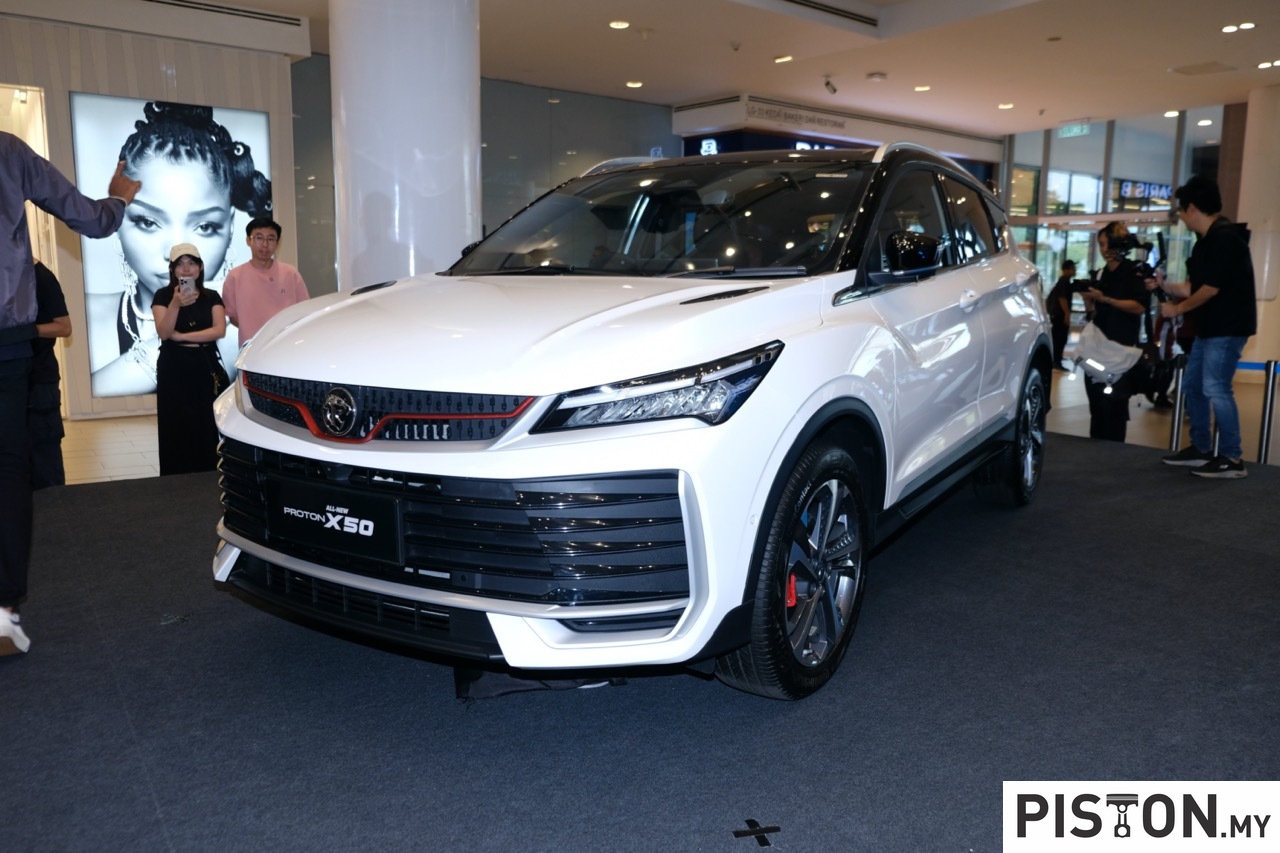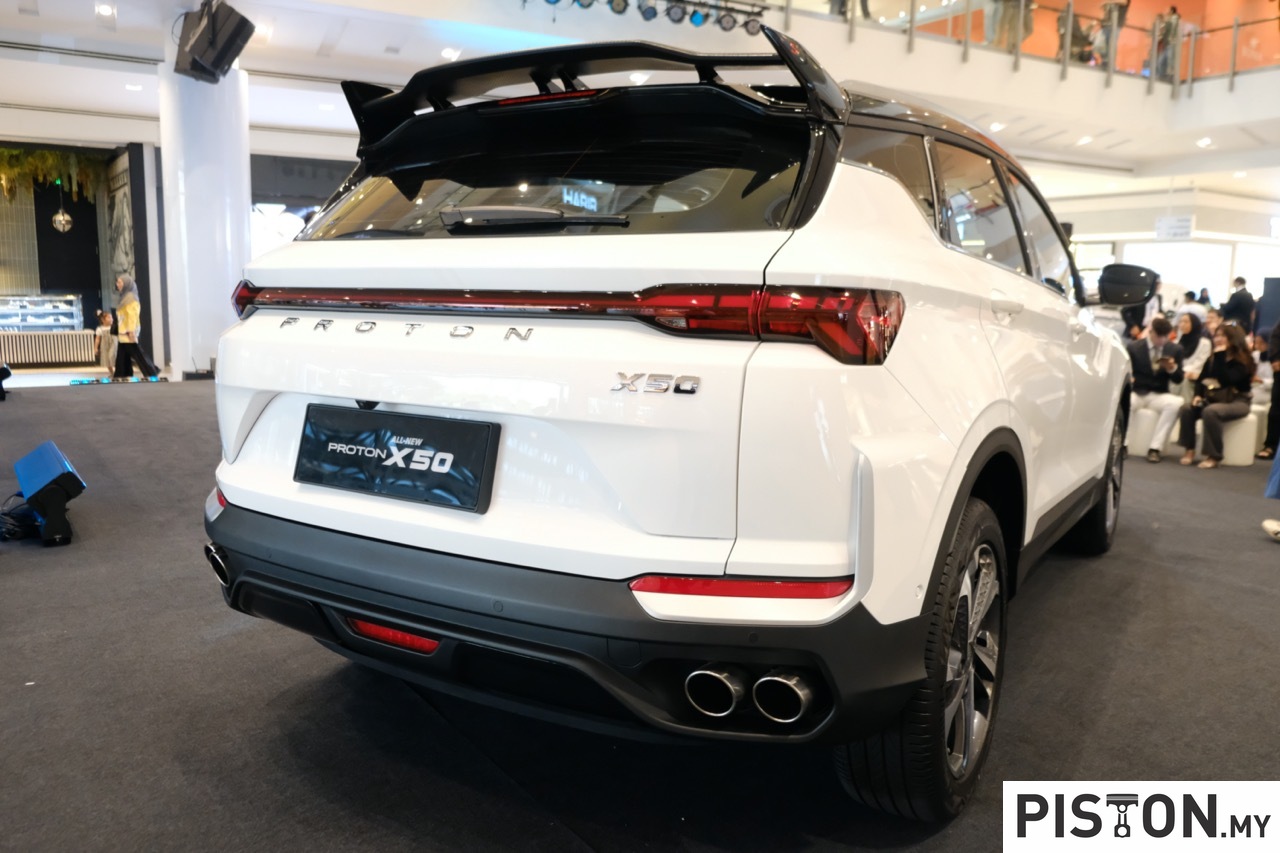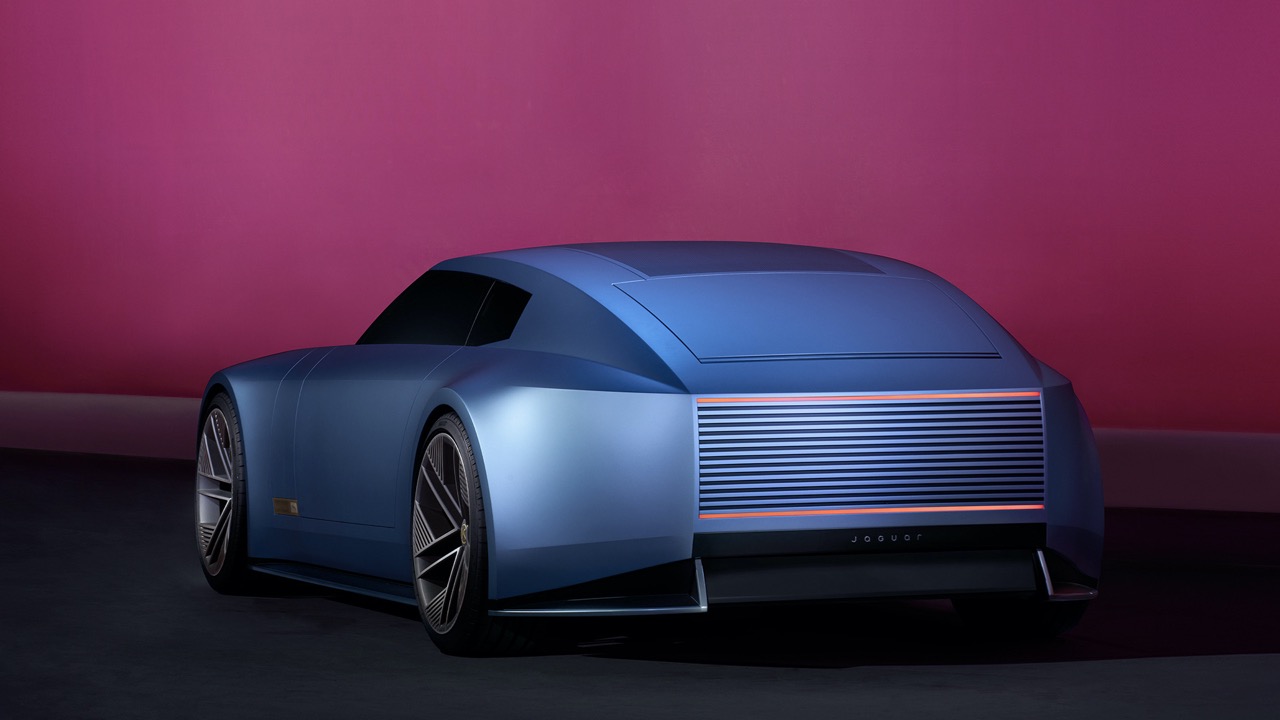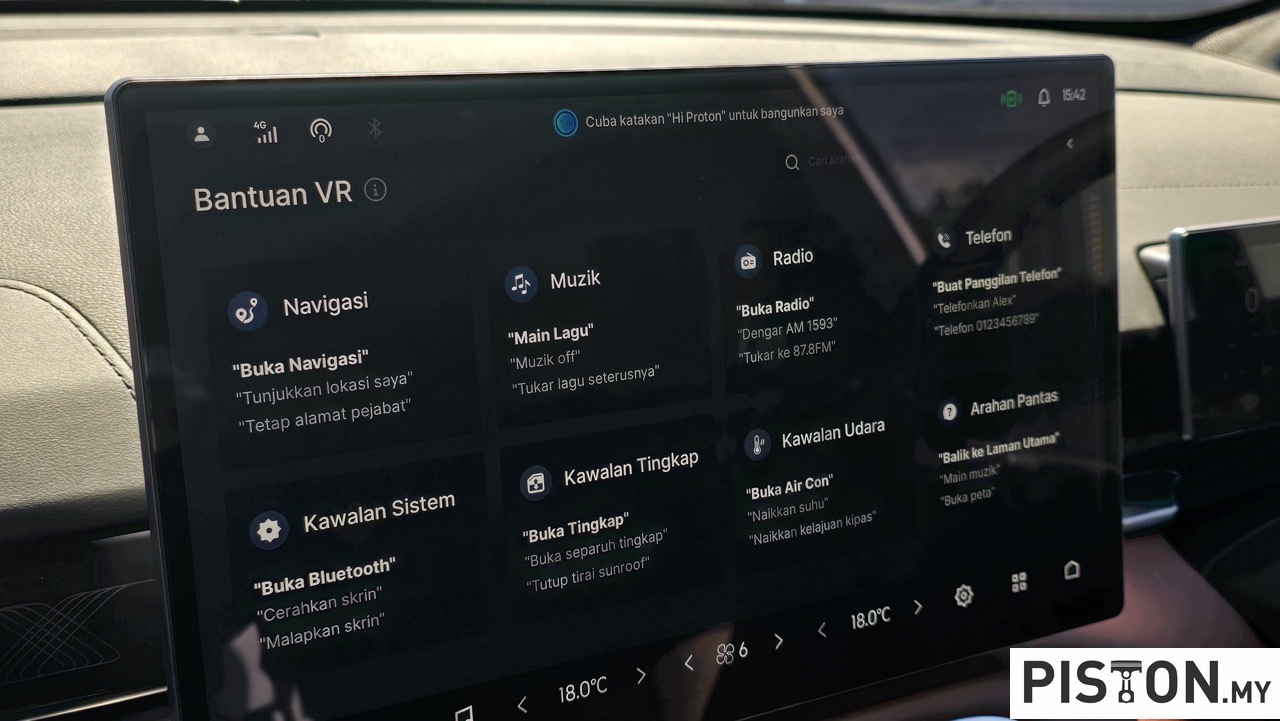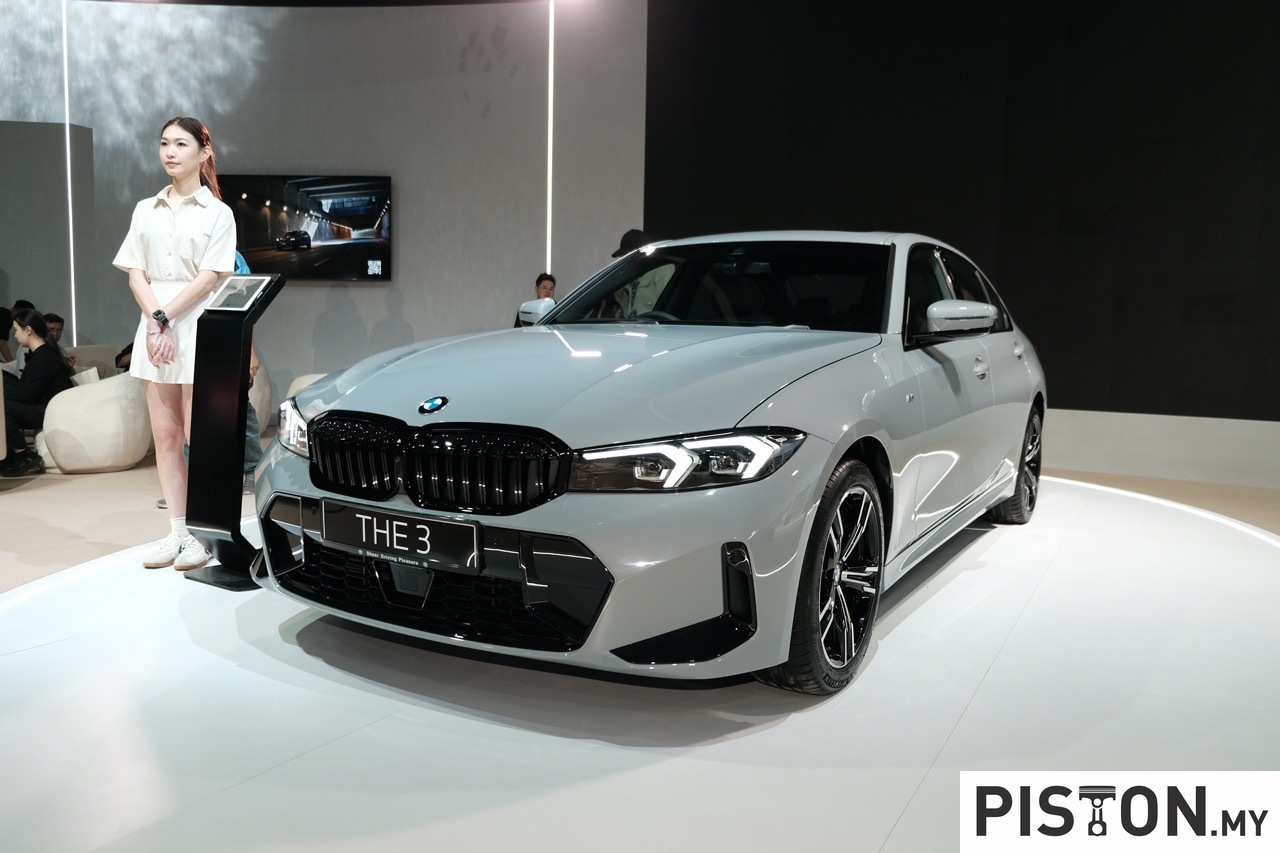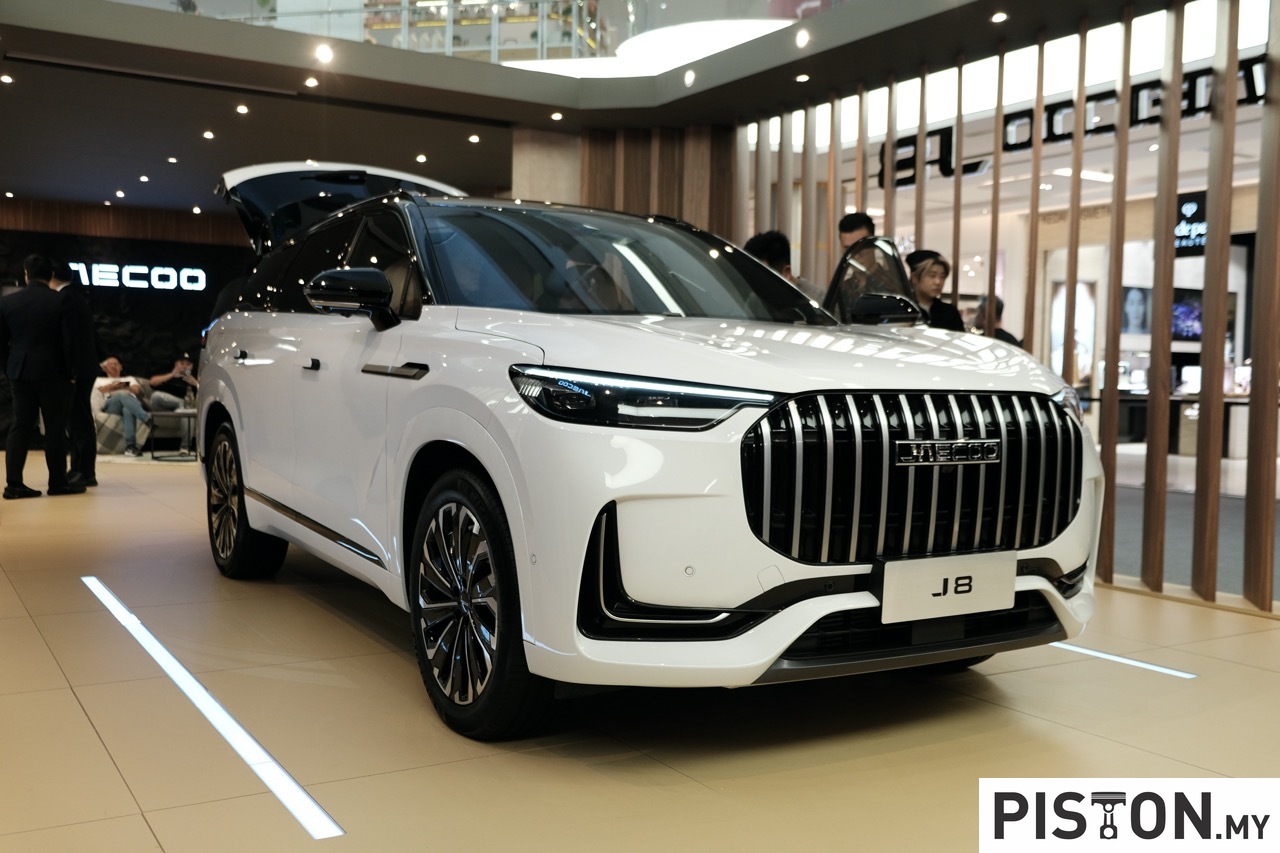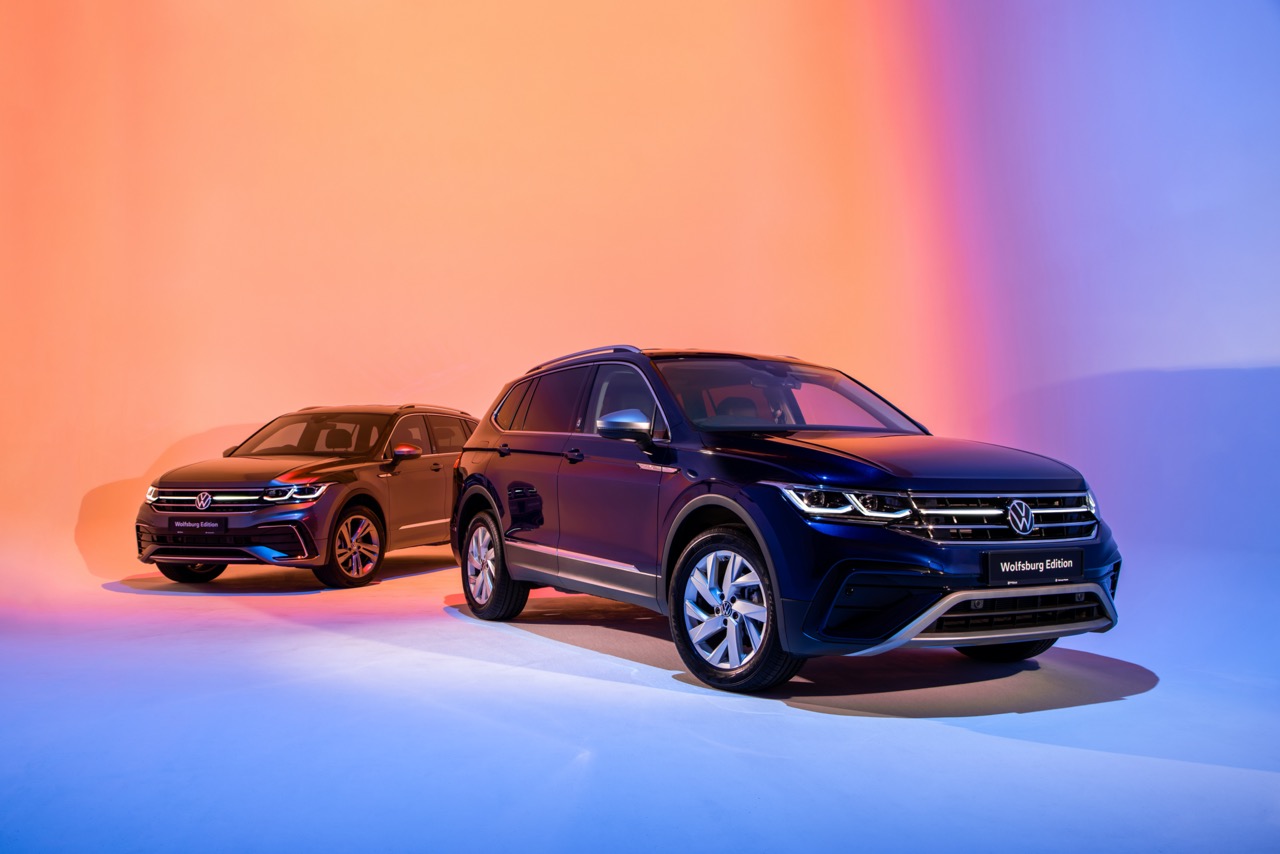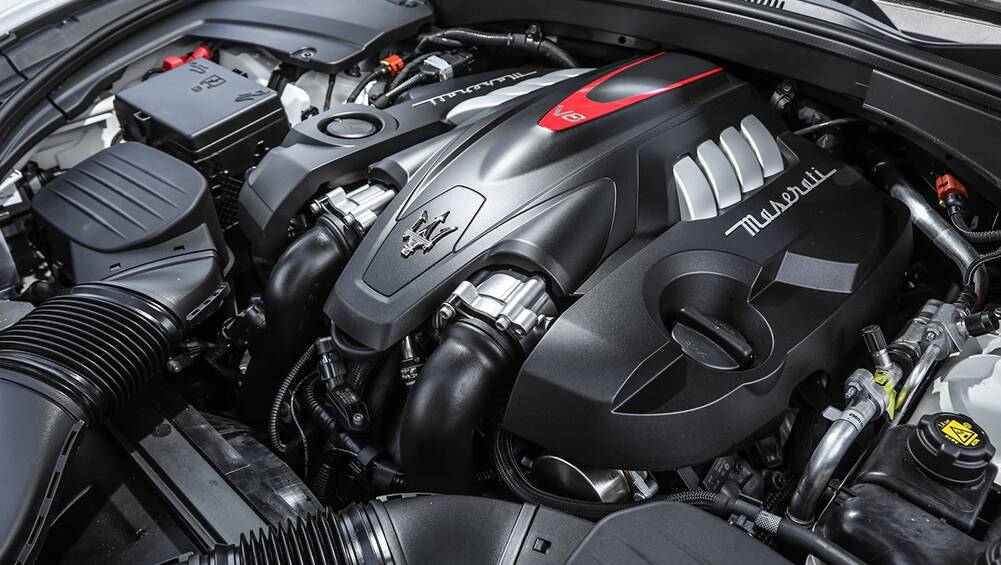Hybrids are becoming more popular. Would you believe that? It is not that hard to believe with petrol becoming more expensive and the cost of replacing batteries dropping significantly.
It was just about a decade ago when car buyers were spooked by the monumental cost of replacing hybrid batteries. Technology has caught up, hybrid batteries are cheaper than ever (in the rare event they need to be replaced), and hybrid cars themselves are more accessible.
But did you know that there are different hybrid technologies available in the market? There are basic capacitor-based technologies. These store energy so that your car can continue to run when the engine automatically shuts off at the traffic light to save precious fuel.
And then there are more sophisticated ones whose sole purpose is to use as little fuel as possible.
Take Honda’s hybrid tech for example, based on the Atkinson Cycle internal combustion engine, it is one of the most efficient systems in the market right now with official fuel consumption ratings of just 20km per litre of fuel (we managed 19.8km per litre during an independent test).
What is Atkinson Cycle?
There are two main but different combustion technologies available in the market. One is the more conventional Otto Cycle which is found in most cars, and the other is Atkinson Cycle.
We are about to get more technical but the fundamental difference between the two is in the stroke ratio. A stroke is described as a “single complete movement of a piston in one direction, either upwards or downwards, within the cylinder”.
There are three important strokes, an intake stroke which draws a mixture of air and fuel into the cylinder. Then there is the compression stroke which compresses the air-fuel mixture when the cylinder moves upwards. And then there is the power stroke, where the compressed mixture is ignited by a spark plug, causing a powerful explosion thus generation power to move the wheels.
To describe the difference between Otto and Atkinson Cycles, we will focus on the compression and the power stroke.
In an Otto Cycle engine, the compression stroke and the power stroke are of equal length. With an Atkinson Cycle, the power stroke is longer than the compression stroke.
The benefits of a longer compression stroke is that all the gases can expand more fully, thus extracting more energy from the fuel before it is sent out as exhaust fumes.
This leads to significantly higher thermal efficiency but there is a trade-off. Atkinson Cycle engines have a lower power density and less torque, especially at lower RPM’s.
Honda’s engineers though, have found a solution to that and that is to mate the more efficient Atkinson Cycle engine to an electric motor.
The motor solve the core issue of the Atkinson Cycle engine because they create almost all their torque from just zero rpm. Providing acceleration akin to an electric vehicle.
So, how does it benefit you?
Simply put, it lets you travel further with lesser fuel.
Honda’s e:HEV system has three modes:
1. EV drive mode: During acceleration and at low speeds, the car is driven purely by the electric motor. The engine is completely shut at this point.
2. Hybrid drive mode: At moderate speed such as in the city, the Atkinson Cycle works as a generator. It works at a constant, highly efficient rpm rate to generate electricity which drives the wheels. The engine does not drive the wheels directly in this mode.
3. Engine drive mode: At high speeds such as on the highway, the engine drives the wheels directly through a lock-up clutch. In this mode, the engine runs at a constant rate where it is most efficient. As such, it can directly power the car without any compensation from the electric motor.
All of this happens with you barely noticing anything. If you really tune in and put your ear down, you can make out a slight hum indicating the engine is working.
Which Honda models offer this tech?
All of Honda’s models have a hybrid variant, and all Honda hybrid models come with technology mentioned above.
But we recently took a Honda Civic and Honda CR-V on a drive to Penang to understand how they work, and there is one thing that surprised us.
As similar as the systems are, the hybrid technologies in the Civic and the CR-V are quite different.
With Honda’s hybrid technology, there is no gearbox in the traditional sense. Instead, the wheels are powered via the electric motors and by the engine at high speed, through a lock-up clutch.
So even though Honda’s specification sheets say there is an e-CVT transmission, the reality is that there are no gearshifts happening underneath the car.
That sound of gears shifting when you drive the car? Well, that is purposefully engineered and piped into the cabin through the speakers. In essence, the sound is artificially augmented for your driving pleasure, and it sounds real good too.
But that is not to say there are no gears whatsoever, and therein lays the key difference between the Civic and the CR-V.
The Civic only has one high gear that drives the wheels at all times. The CR-V on the other hand has a high gear and a low gear.
The reason why the CR- V has a low gear is that in some markets, towing capability is essential. And that is what the low gear is for – towing.
Whether it is towing a jet ski or a motorcycle, the fact of the matter is, the CR-V is built to handle it.
As for towing capacity, the CR-V can manage up to 750kg’s of braked towing, that means a trailer with a braking system. Or up to 600kg’s without a braking system.
What about the cars themselves?
Since we only drove the Civic and the CR-V, we will focus on that. The CR-V e:HEV RS is the flagship Honda for the Malaysian market, and it feels like it too.
It offers a spacious cabin with the 12-speaker BOSE sound system being the jewel of the interior. It is rare for a car of this price range to come with a BOSE sound system so credit to Honda Malaysia for managing that.
Besides being spacious, the interior of the CR-V hybrid is one that is incredibly refined. Achieved through a combination of technologies such as double-glazed windows, noise cancelling technology and even sound resonator wheels. All this works in unison to keep the interior incredibly quiet and refined even at highways speed.
The CR-V is powered by a 2.0-litre, naturally-aspirated, Atkinson Cycle engine with electric motors. It produces a combined system output of 244PS and 335Nm of torque. As for performance, it has a top speed of 187km/h and accelerates to 100km/h in just nine seconds.
The Civic on the other hand feels a lot sportier. Perhaps it is because you sit closer to the ground, and this makes the entire experience feel a lot more purposeful.
The new Civic has grown substantially and this translates to a roomier interior.
The two cars share similar dashboards but the seats on the Civic e:HEV RS are wrapped in a combination of half leather and suede like material.
This writer personally prefers the leather seat on the Civic V-Spec because it offers more padding and as such feels more comfortable. The seats on the RS feel sportier in comparison. Perhaps age may be a factor.
The Civic does not have as much sound deadening tech as the CR-V, as such you hear more of the world outside.
As for the powertrain, the Civic is also powered by a 2.0-litre, naturally-aspirated, Atkinson Cycle engine mated to an electric motor.
With 235PS and 315Nm of torque, the Civic sees off the charge to 100km/h in 7.9 seconds and tops out at 180km/h.
But where the Civic lacks power, it makes up for in efficiency. The Civic needs just four-litres of fuel to travel 100km while the CR-V needs five-litres.
Final words.
In a world where new car brands are emerging faster than ever, legacy car makers like Honda are important because of their engineering prowess.

The hybrid technologies of both the Honda CR-V and the Civic are undeniably impressive. Not only efficient, but power for both models are also available from near standstill.
It is this ability to provide technology to suit everyday life that sets Honda apart from the rest.
There is no doubt that some company will soon reverse engineer Honda’s tech and call it their own with clever acronyms and such.

But Honda has been building and rebuilding since 1999 with the Honda Insight and its hybrid powertrain called the Integrated Motor Assist. It is no wonder that Honda Malaysia has shifted over 60,000 hybrid cars in Malaysia alone.
So, if it’s a reliable, powerful yet efficient powertrain that you want, then the Honda Civic and the CR-V are worth a good hard look. This is a company that innovates and not just reverse engineers.
Specifications:
Honda Civic e:HEV RS
Engine: 2.0-litre, four-cylinder, naturally-aspirated, Atkinson-Cycle
Power: 105PS @ 6,000rpm (Engine) / 135PS @ 5,000rpm (Motor)
Torque: 189Nm @ 4500rpm / 315Nm @ 0rpm
Transmission: e-CVT
We like: Sporty drive, efficiency
We don’t like: Thinly padded seats
Honda CR-V e:HEV RS
Engine: 2.0-litre, four-cylinder, naturally-aspirated, Atkinson Cycle
Power: 109PS @ 6100rpm (Engine) / 184PS @ 5000rpm (Motor)
Torque: 190Nm @ 4500rpm (Engine) / 335Nm @ 0rpm
Transmission: e-CVT
We like: Efficiency, spacious interior, refinement
We don’t like: Needs blind spot monitoring and a 360 camera





















